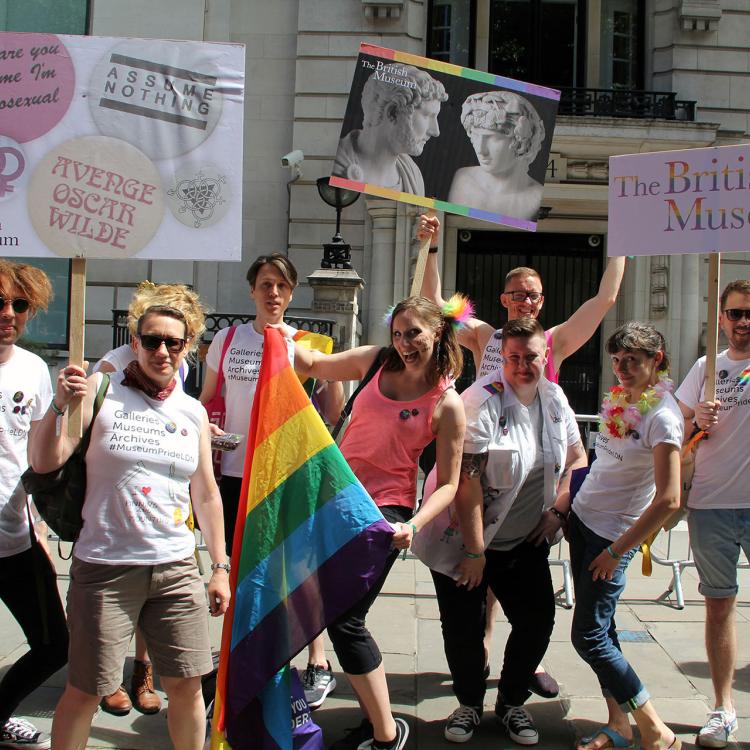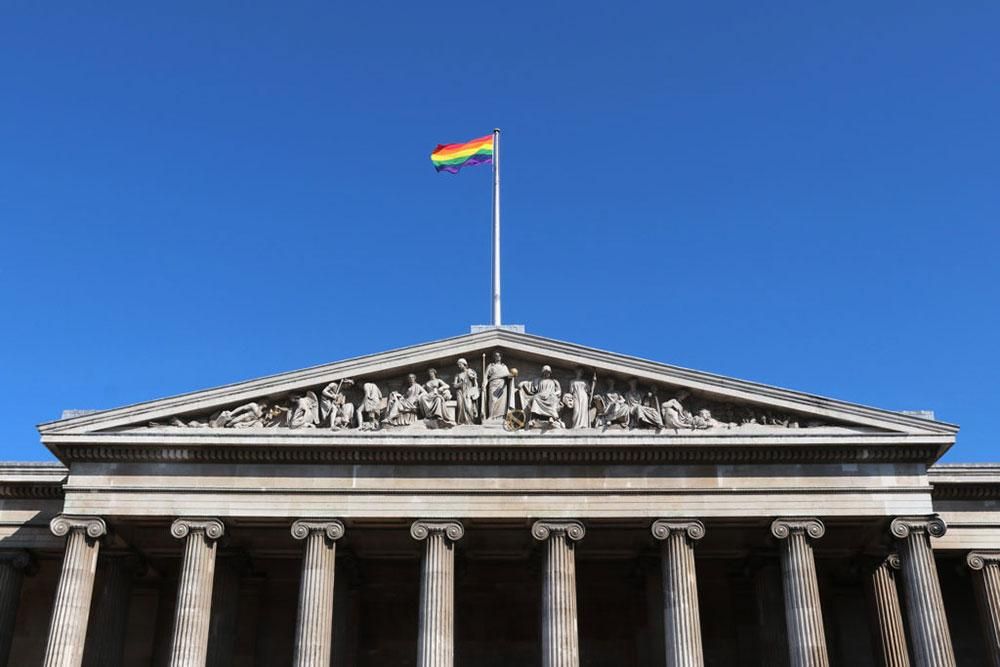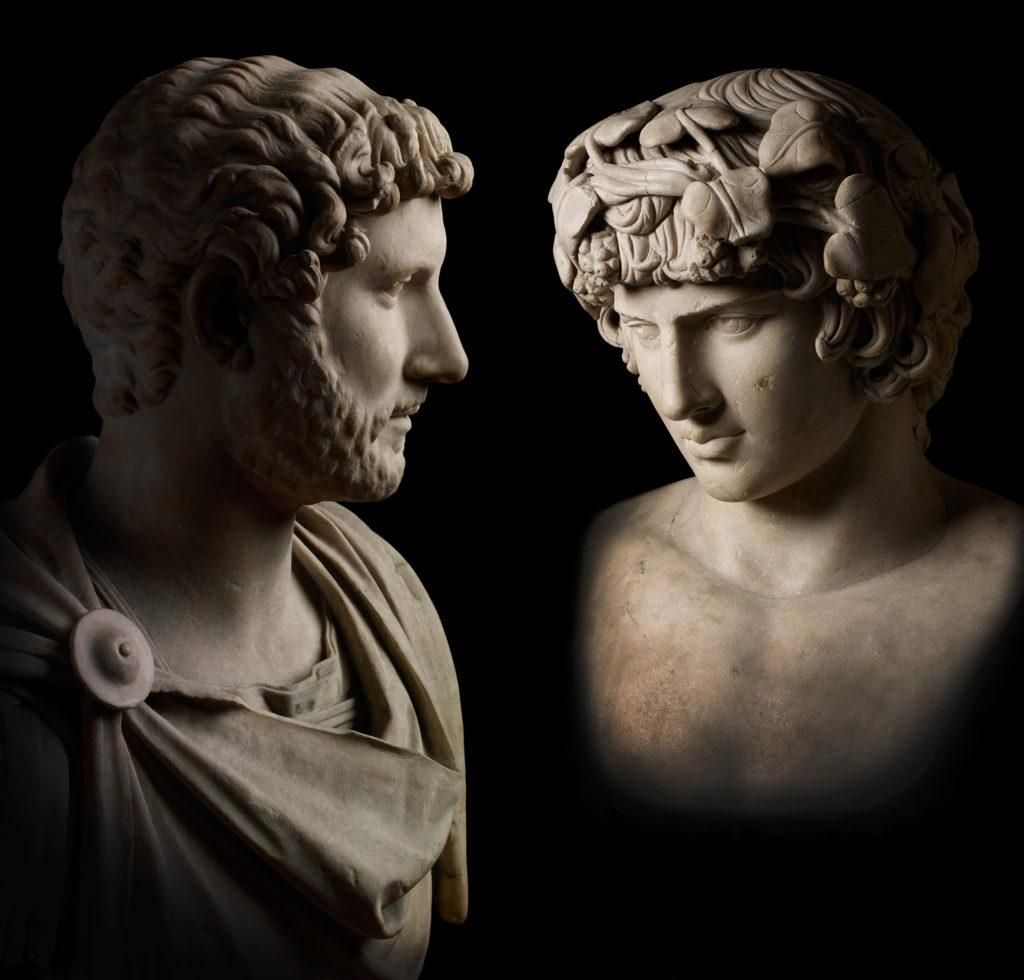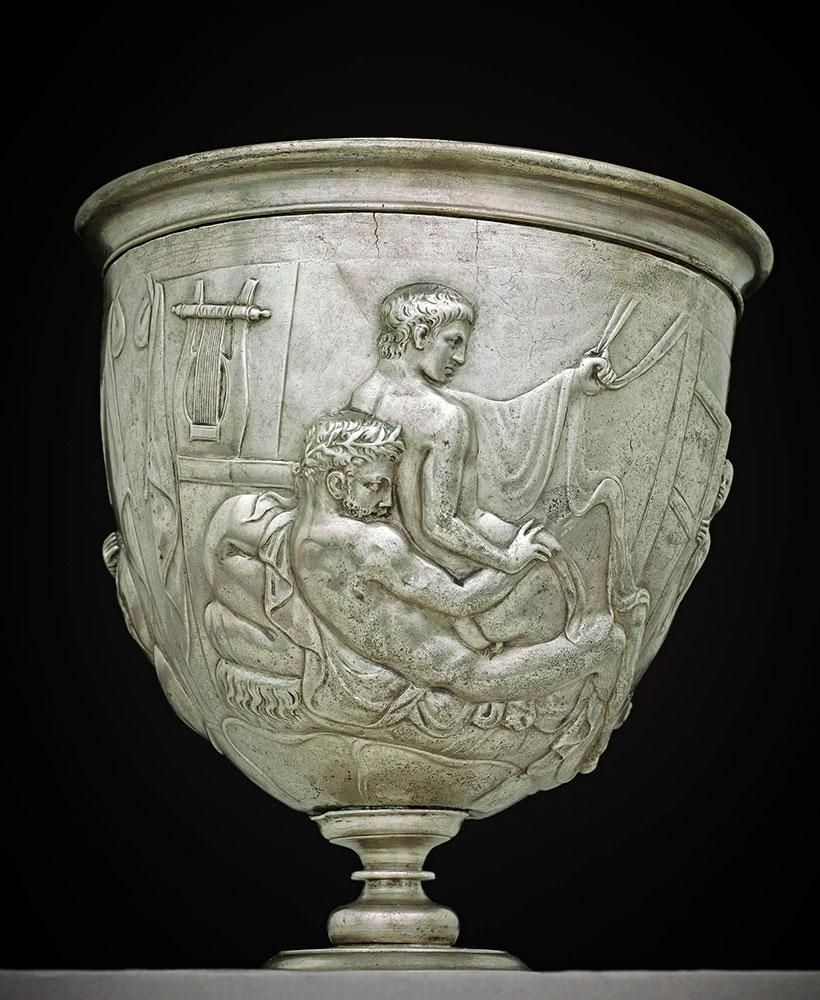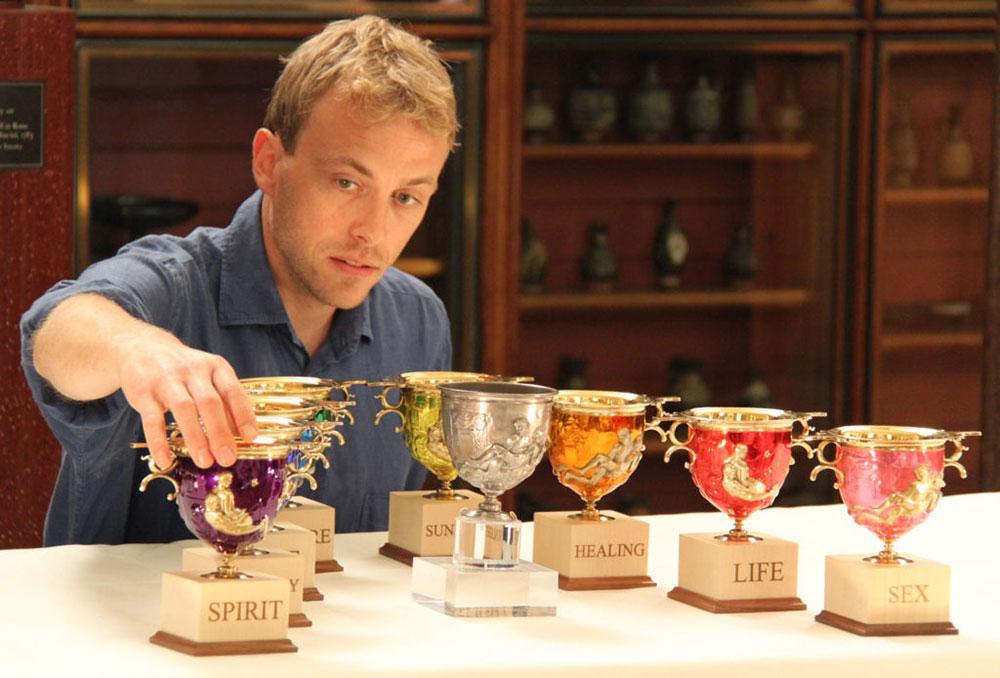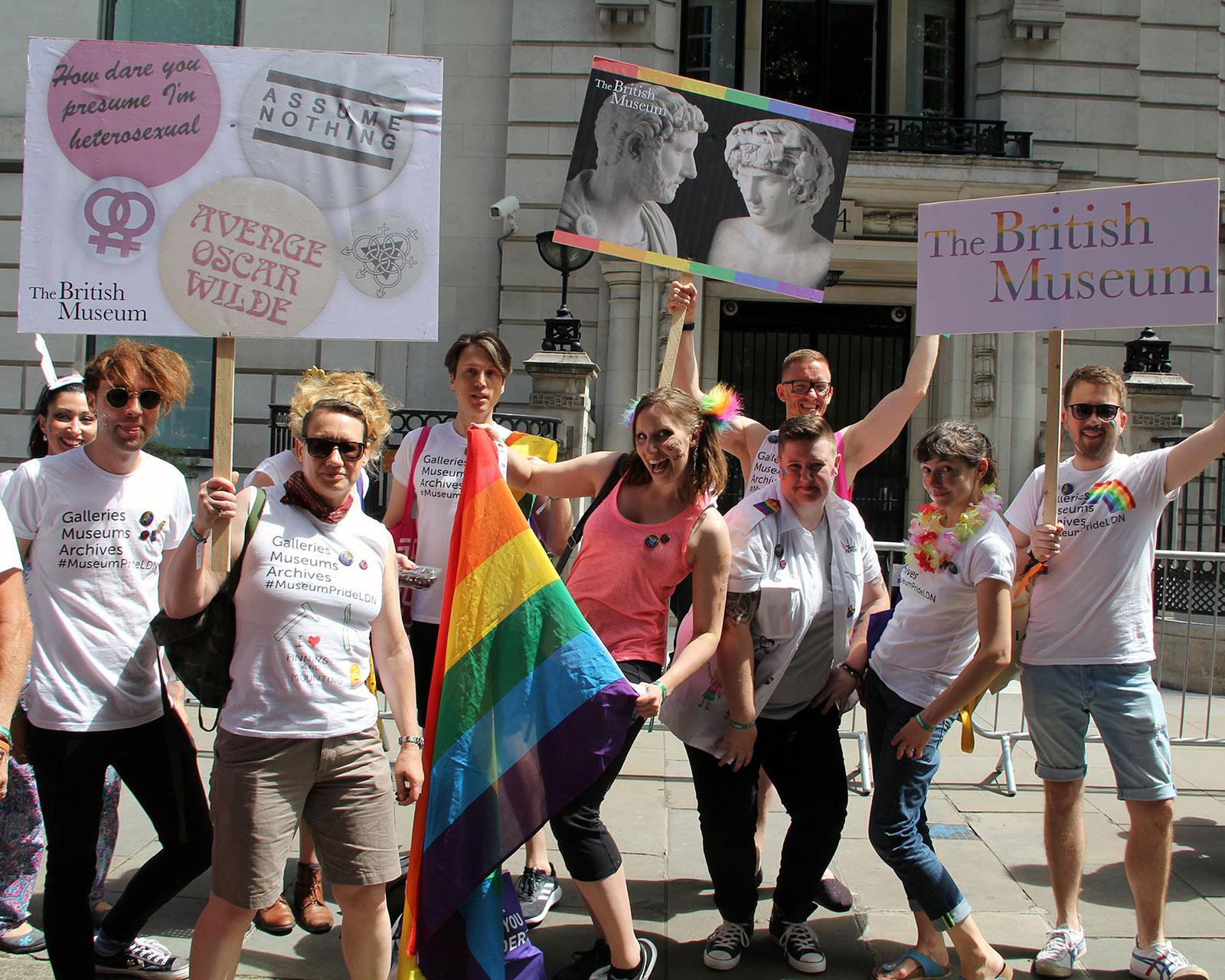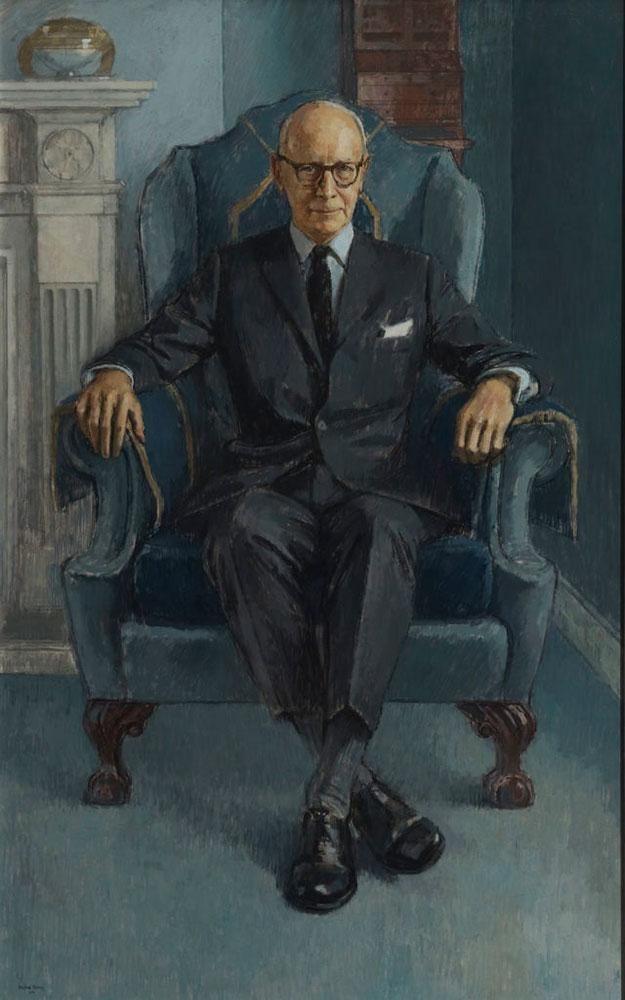As the Museum launches free LGBTQ tours, Dan Vo explains why it's so important for museums and galleries to explore these often underrepresented histories.
Love is love: uncovering LGBTQ stories
'Love is love, right?' That's what a visitor said to me a few weeks ago, as I watched the rainbow flag fly above the British Museum.
I'm not usually a morning person, but on Thursday 4 July I woke up early to join a small team of staff and volunteers on the Museum's rooftop to watch the flag being raised to mark London Pride Week 2019. It was unforgettable – the rainbow squeaked up the pole slowly and as it reached the top, a gentle breeze caught it and the six-coloured flag gracefully unfurled in the glorious morning sun.
Busy as we were capturing the moment on our phones, there was still a spellbound look of joy on everyone's face. By the time the team came back down to earth, the Museum gates were open. That was when the visitor made their remark, as they stopped in the forecourt to photograph the flag flying from the Museum's famous facade. It was an amazing way to start the day.
When the rainbow flag first flew above the British Museum in 2017, Laura Phillips, then the Museum's Head of Community Partnerships, stated that it flew as a sign of inclusivity for all the 'unrecorded lives, the unwritten conversations, the unspoken romances'. This year the Museum will take this idea one step further and start to share some of those stories as it launches volunteer-led LGBTQ (lesbian, gay, bisexual, trans, queer) tours which will uncover non-heteronormative and non-binary stories within the Museum's rich collection. The tours will be in addition to the Museum's existing Desire, love, identity self-guided LGBTQ audio tour and leaflet.
As a volunteer guide for the LGBTQ tours at the V&A and 'Bridging Binaries' tours at the Fitzwilliam Museum, Cambridge, telling the often hidden stories of queer lives is very much my trade. In a way, the inspiration for these LGBTQ tours came from the British Museum, via the publication of A Little Gay History by Richard B Parkinson. I remember excitedly running into the offices of the V&A with a copy of the book – showing the Roman emperor Hadrian and his lover Antinous on the cover – and waving it around declaring, 'we should definitely do this!'
The work of so many people at the British Museum has already been a part of my own tours, so I'm delighted that the Museum is completing the circle by starting up their own. The tours will give a greater sense of identity and ownership to LGBTQ+ visitors and remind them that they are accepted, welcome and celebrated. Over the years I have received much advice and support from team members at the British Museum. Through conversations with them, my belief that LGBTQ+ people belong in museums and cultural spaces has been bolstered. Our stories exist across place, time and culture. It's time to tell them.
Queer stories are embedded within the collection of every major UK museum and gallery, but the uniquely vast and comprehensive collection at the British Museum offers the opportunity to find a staggering number of fascinating LGBTQ stories. The new LGBTQ tours at the Museum will explore gender and sexual identities through a wide selection of objects.
To give a sense of the range of cultures and time periods covered, one of the volunteer LGBTQ tour guides gave me an impressive list of objects for his first tour. It includes the ancient Roman sculpture of the Discobolus, an almost 4,000-year-old Babylonian depiction of the Queen of the Night, a stele erected for Hor and Suty – two high government officials in ancient Egypt, as well the glorious 'holy grail of homosexuality', the Warren Cup – a Roman drinking cup, decorated with explicit images of male lovers.
As Ruth Hunt, CEO of LGBT rights charity Stonewall put it: 'The Warren Cup speaks to the universality of LGBT people. LGBT people have always been here throughout history'. Hunt was at the Museum to reveal a special commission by silversmith Hal Messell who has reinterpreted the cup in the eight colours of the original Gilbert Baker rainbow flag.
The Warren Cup has been a popular image carried by British Museum participants at Pride in London, with the Museum Association. Each year the Association brings together people from more than 30 galleries, libraries, archives and museums (GLAMs) together to form Museum Pride London and march united under one banner, 'We Are GLAM: Representing LGBTQ+ Lives Throughout History'. A couple of years ago I saw the crowd treating a contingent of British Museum representatives like rock stars – at one point a spontaneous chant of 'we love history' started up among onlookers. The impact of the Museum showing a commitment to our LGBTQ+ community cannot be underestimated – it is both meaningful and inspiring – and it shows just how important visibility is.
The Museum's involvement in LGBTQ history is not restricted to the collection – on the morning I watched the rainbow flag being raised, we gathered in the stately boardroom under the watchful eyes of former directors, whose portraits hang on the room's four walls. I took special note of Lord Wolfenden who, in addition to being Director of the Museum, was chairman of the Committee on Homosexual Offences and Prostitution. It was this committee's famous report that helped pave the way for the partial decriminalisation of homosexuality in England and Wales in 1967.
This might not have happened, though, had it not been for Carl Winter who was then Director of the Fitzwilliam Museum in Cambridge (and was once Deputy Keeper of the V&A). Winter demanded to be seen by the committee and when granted an audience, he became – in an astounding act of bravery – one of only three men who identified as homosexual to testify. His arguments were fundamental in changing the hearts and minds of those on the panel.
Wolfenden and Winter provide a special link between the LGBTQ tours at the British Museum, V&A and Fitzwilliam Museum. In our collective efforts to promote equality, diversity, inclusion and representation in our institutions, we are honouring and carrying on the great work of those who have come before us. This legacy is in good hands. I've had the privilege of being one of the people involved in training British Museum volunteer guides and know how committed they are to representing a broad spectrum of identities and cultures through the tours. It is wonderful that major cultural institutions are recognising, supporting and celebrating LGBTQ+ people – and it is the Museum's passionate team of volunteers who are helping them to realise this attitude.
Even in the early hours of that Thursday morning in early July, there was a joyous energy rippling through the team – one that was anchored by understanding of the challenges that have been overcome to reach this point and the significance of having the rainbow flag fly above the Museum. Former Assistant Collections Manager George Benson has already written about the importance of the flag so eloquently that I feel I should leave the last word to him:
Just by seeing the flag and the Museum together, even just for a weekend, can have an enormously supportive effect on anyone, LBGTQ or straight, because it's about society accepting who you are and accepting who you love.
Free British Museum LGBTQ tours run on select dates throughout the year. Booking is essential.
The British Museum Partnership Exhibition Desire, love, identity: exploring LGBTQ histories was at Norwich & Norfolk Millennium Library until 31 August, then at Shire Hall Historic Courthouse Museum, Dorchester 21 September – 17 November 2019.
To find out about more queer stories from the collection, read the blog Desire, love, identity.

